“Snow White” Cinematographer Mandy Walker on Casting a Visual Spell Through Past & Present
Nestled between a dental office and a local tavern in the Los Angeles neighborhood of Atwater Village is Tam O’Shanter, a Scottish restaurant inside a storybook style Tudor cottage, its interior a blend of rustic elegance and historical charm, a vestige of “Old Hollywood.” In the corner of the dimly lit room is Table 31, a regular spot of Walt Disney when the studio was located on Hyperion Avenue in the 1920s. It’s rumored the restaurant partially inspired Disney’s first feature-length animated film, Snow White and the Seven Dwarfs. Nearly 90 years later, the iconic animated classic has been remade into Snow White, a live-action musical starring Rachel Zegler as the fairytale princess and Gal Gadot as the evil stepmother.
Principal photography took place over five months at London’s Pinewood Studios, where massive sets were built, among them, depicting the castle and village, the dwarf’s cottage, the scary forest, and the Evil Queen’s chambers where she asks the Magic Mirror, “Who’s the fairest one of them all?” Framing the story alongside director Marc Webb was cinematographer Mandy Walker (Elvis), the Academy Award-nominee, drawing inspiration from the original movie. “The film was a great challenge for me that I really enjoyed, actually,” she tells The Credits during a video call.
Walker shot nearly the entire movie on Panavision Primo anamorphic lenses (one scene was captured with Sphero spherical lenses) with the large-format ARRI Alexa LF to capture the scope of the enchanting musical – a palette of lush colors was brushed on a canvas of fluid camera movements, adding to the wonderment and spectacle. The live-action remake is a blend of whimsical sets, CGI, and practical effects that continues what Walt Disney, first and foremost, had in mind: storytelling.
What inspiration did you reference from the animated original when creating the visual style?
The animated film was a huge reference for us and the main reference, especially in terms of color palette. When you watch the original, even though it’s almost nearly 100 years old, it really holds up in terms of its artistry. The background painting is so beautiful and really well done. The color palette was a huge reference for me, production design, costumes, makeup, and VFX. So we did a lot of testing of colors between the background and the lighting and the costumes and the makeup all together because it is very colorful.
Did you do anything unique to the lenses to push the surrealism of the visual story?
We did. Panavision’s Dan Saski is a genius. I got him to work on the anamorphic lenses, so there was a little drop-off on the edges and a little vignette because that gives a storybook feel, like reading a book. Then for the cottage, I wanted it to glow, so I said to him I wanted the highlights to glow, but I didn’t want it to look out of focus. I don’t know exactly what he did, but he put that into the lenses, and the highlights did bloom and glow.
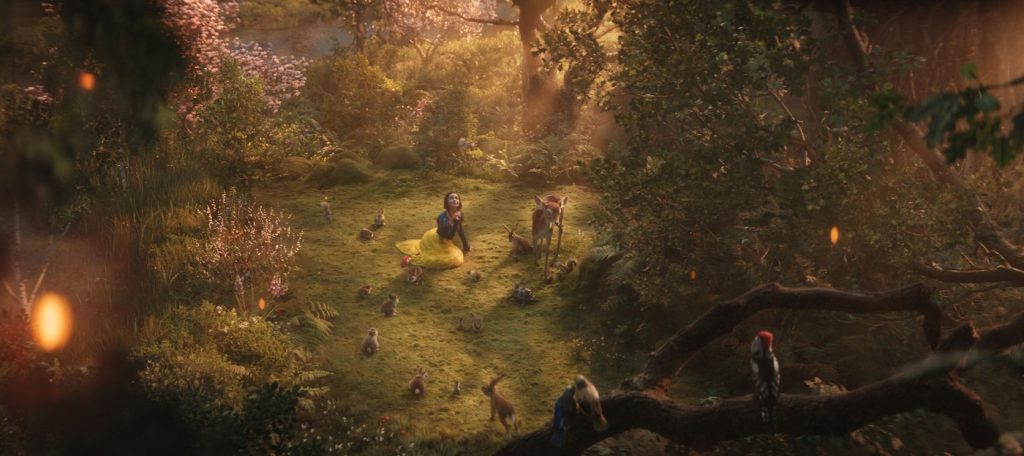
How did you approach the visual arc of the Evil Queen as she slips into her menacing personality?
When we shot the Evil Queen, it was meant to be dramatic and stoic, and she was very controlled, but I didn’t want to make her too scary. I was really conscious that it shouldn’t be a horror movie, but very colorful instead. I had that in the back of my mind all the time. It’s a kid’s film, so I wanted it to be beautiful and rich and colorful and not like a monotone horror movie in those sequences.
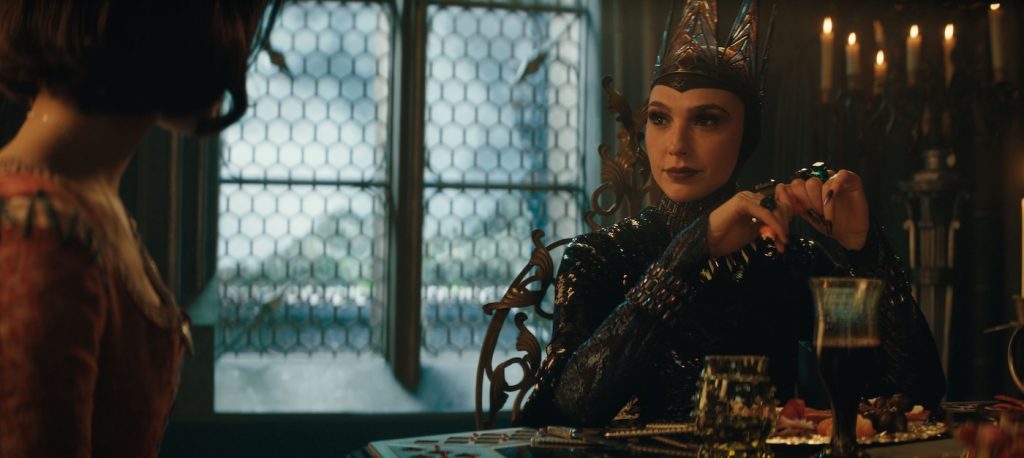
What went into creating the Magic Mirror on set?
We tried to do everything as practically as possible. We had three different mirrors. One was a real mirror with a real reflection that the actors could use. There was a clean one we could shoot through back into the room, and then we had a blue screen version. The blue screen version had clear plexi in front of it, and that was the one that Gal could hit, so she could really hit the physical front of the mirror.
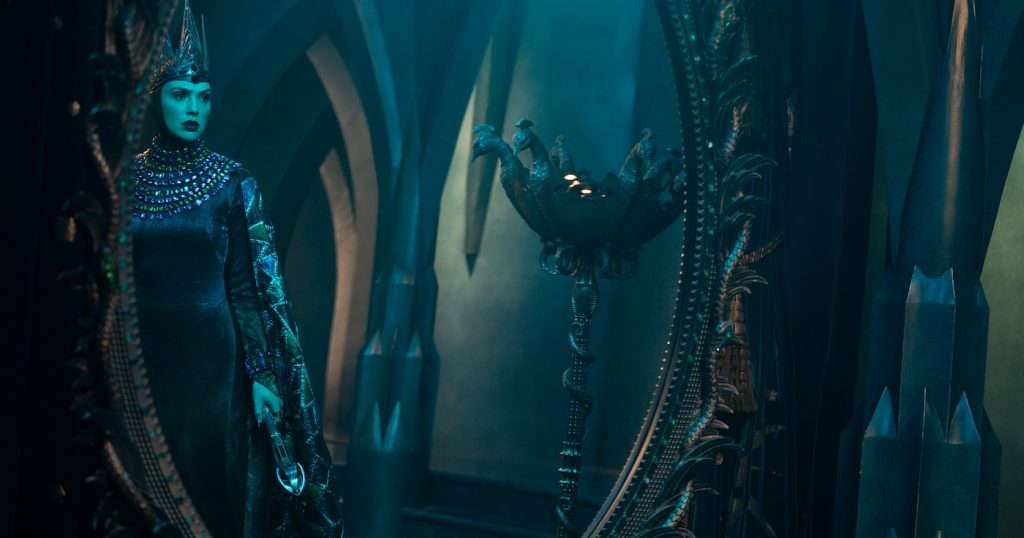
How did you control the lighting for the Magic Mirror?
The physical mirror we used was quite big, I think the top of it was sitting up about nine or ten feet. The phantom was going to be created by visual effects, and so was any fire, but I had to reproduce the lighting for that and the transition of lighting. We had to get the cues right so that we knew exactly when the fire would go and the phantom would come in, and because the colors went from orange to green, I ended up speaking to Max Wood the VFX supervisor and explained if the light has to look like it’s coming from the mirror the fixtures would be in shot and asked him if we could go ahead and they would have to be painted out.
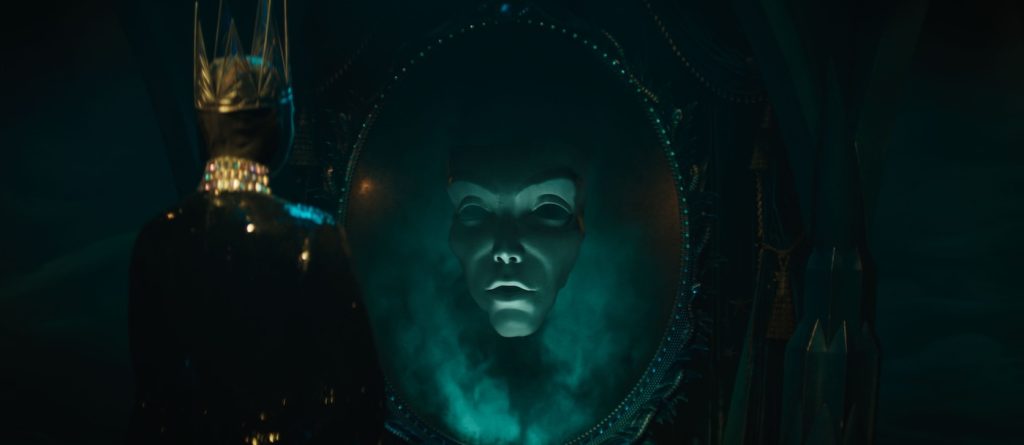
So we made this small setup of light panels that had diffusion and magnets on them so they could be moved around. I had to put the lights in the shot right in front of Gal’s face, otherwise I’m never getting the reflection in her eyes. We also had the light down at her eye level so it would look like it was coming from inside the mirror and not from up above the mirror. I don’t like having lights in the shot, but was grateful Max agreed that it was something visual effects could paint out.
How did the team capture the dwarves and animals of the enchanted forest?
That was the first time I worked with CG characters mixed with live action, so my work with Max began very early on. We had puppeteers with puppets for the characters and the animals. They were completely made-up with costumes, skin tone, and hair, and we created the lighting reference for them in every sequence. We had little squirrels and other animals that would pop into the shot to look at the lighting on them. We also had stand-ins for which we did lighting for all of them. So that was great for Max and me.
Was motion capture part of the shooting process for the dwarves?
We went into mocap with actors doing the performances. And then virtual camera, which is what they did on Lion King, where you have a camera that really is three antennas, and you’re working in Unreal Engine in a 3D environment. So, then Marc Webb and I could do the shots on a white stage where we used a real dolly, a real steadicam, and a real handheld, so that the movement felt organic and it felt like the rest of the movie. So I was very involved in the lighting of all the characters and the animals, and it was a great experience. In terms of how I work with the effects, that’s changed so much over the years, and it’s an integral part of my job. The more that I am involved, the more the visual language is consistent.
What was the camera language for the musical numbers?
We did a lot of work on those, and we had a fantastic choreographer, Mandy Moore. We visited her for the choreography rehearsals weeks before, especially the big numbers. There are 150 people in some of those sequences. We would watch for the intention and feeling of the dancing. In the big spectacle sequences we wanted the camera to move in and around them and sort of dance with them. Same with Snow White dancing in the cottage for Whistle While You Work, we wanted the camera to be dancing with her and to be very fluid. Then, for songs like Waiting On a Wish, which is kind of like Snow White’s emotional cry out, it was all about her and not about the environment. So the crane would move in more slowly.
Several shots are recreations from the original animated film, one of which shows the Evil Queen walking down the circular staircase into the dungeon. What went into making that shot?
We replicated that in terms of the set build and everything, including her shadow on the wall, as she changes into the Old Hag. Those shots were about paying homage to certain iconic moments in the original movie, but also bringing the live action and its modernity to an audience. I had to be very cognizant of my lighting all the time because we wanted the beauty of that storybook telling.
You read about actors who can be timid playing beloved characters in remakes, but do you get the same feeling as a cinematographer when recreating iconic shots?
No, I think it’s kind of a privilege. Everybody’s seen the original animated movie, and it’s a film that people still watch so many years later, so it was a joyful experience to be able to do it on this film.
Snow White is in theaters now.
Featured image: Rachel Zegler as Snow White in DISNEY’s live-action SNOW WHITE. Photo courtesy of Disney. © 2024 Disney Enterprises, Inc. All Rights Reserved.

